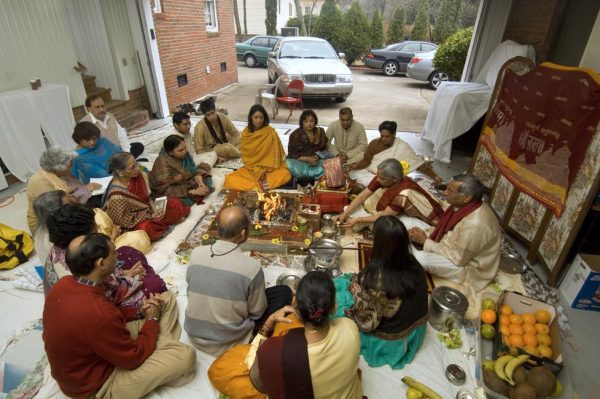Talking with Owen Furuseth: Farms, neighborhoods and immigration

Owen Furuseth, UNC Charlotte’s associate provost for Metropolitan Studies and Extended Academic Programs, is retiring June 30 after a career researching land use, urban and neighborhood planning topics. During those years he has been an advocate for open space preservation, has worked with Charlotte-Mecklenburg local government to create and refine an extensive set of neighborhood-level information, and has studied Charlotte’s emerging immigrant community and the effects on neighborhoods of the city’s changing demographics.
PlanCharlotte interviewed Furuseth about his work. His comments, edited for length and clarity, are below. Or you can listen to the full conversation in the June installment on our “PlanCharlotte: Talk of the Towns” podcast.
Q. In ’80s and ’90s there was a lot of talk in Charlotte and Mecklenburg County about open space preservation. What came of that?
A. Early on, the focus was on farmland preservation. Not much came of it at all.
But in terms of raising the issue of open space and its value to prosperous urban regions, I think the issue has resonated, especially in discussion about parks and how we plan our cities and how we look at it as an urban as well as a rural issue.
I came to UNCC from Oregon – which at the time had one of the more progressive urban planning and open space preservation policies in the U.S. I arrived as a young academic and was looking for collaborators locally, and I went down to the planning commission. I had gone to East Carolina [University] and there were some planners from there. They said, “What do you do?” I said, “I’m really interested in farmland preservation and open space planning. Who are your environmental planners?” They said, “We don’t have environmental planners.” Coming from Oregon where environmental planning was key to what was going on, it was kind of an awakening: that open space and green issues really were not so important.
Q. When I was at Charlotte Observer you were someone I could call to learn how open space preservation works in other places. I learned about some tools not being used here. What are some?
A. Probably the most important tool was the notion of purchasing development rights. That is a fairly complex idea, but essentially, think of property ownership as a bundle of rights – sticks if you will. You can separate out those sticks, so in urban areas you can sell the air rights, for example, the right to build above a parcel of land. Fundamental to this is the notion of development rights. Through conservation easements or through the outright purchase of development rights you can separate those rights from the property and either transfer them to another property or hold them in perpetuity, or on a temporary basis. In Oregon and in other parts of the country, transferring or purchasing development rights was fairly common. When we began to think about farmland preservation here in the ’80s and looked at the tools, that was one that came to the fore.
Q. But did it ever really come to the fore in Mecklenburg County?
A. It was very progressive, alien to this area. We were able, though, under the leadership of former county commissioner Fountain Odom, to put together a bond vote to purchase farmland and open space and development rights in the ’80s [1986].
It’s kind of a funny history. It was the only bond referendum that moved forward without the creation of a community-wide bond committee, so Fountain brought together about 20 people interested in this issue. We would meet around the table, collect a little money, talk about what needed to be done. We went out and posted signs around the county with the shape of a red barn that said, “Save Farmland, Vote for the Farmland Bonds,” and despite the fact that all the media editorialized against the bonds, they passed.
[highlight]“There was authorization for Mecklenburg County to sell about $10 million in bonds to purchase (farmland) development rights. That could have gone a long way back then. But … those bonds were never sold.” — Owen Furuseth [/highlight]
And so there was authorization for Mecklenburg County to sell about $10 million in bonds to purchase development rights. That could have gone a long way back then. But what happened was fairly strong opposition from folks who felt this would impede development. So those bonds were never sold.
Q. For 20 years you’ve worked on a long-running initiative that is now the Quality of Life Explorer. It uses demographics and other data to help understand local neighborhoods. How did that get started?
A. That project arose out of the City of Charlotte’s City Within a City program, which targeted inner-city neighborhoods. The original program looked at all neighborhoods within a 3-mile radius from Trade and Tryon [the center of uptown Charlotte]. There was a legitimate concern that a city could not prosper unless inner-city neighborhoods were growing and prospering as well as suburban neighborhoods. The original purpose was look at neighborhood conditions. The planning commission in 1996 asked my colleague Dennis Lord in the